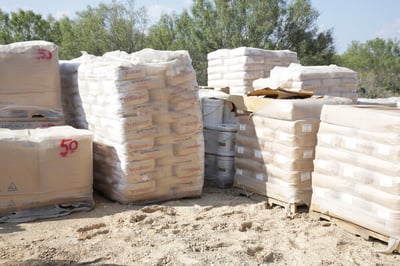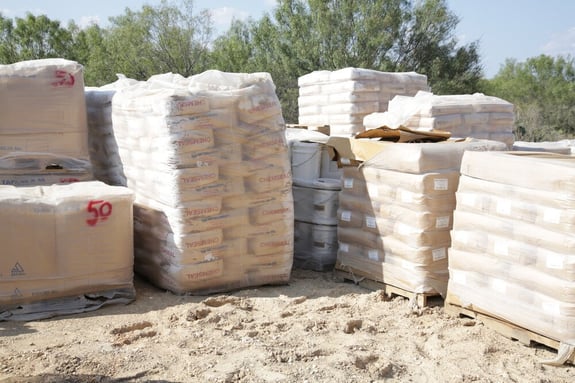 Problems caused by losing circulation while drilling can range from minor (small drilling mud losses to the formation) to critical (losing control of the well). However, even when the risk is high many drillers and operators tend to wait until lost circulation occurs instead of taking preventive measures in advance of drilling into known thief zones.
Problems caused by losing circulation while drilling can range from minor (small drilling mud losses to the formation) to critical (losing control of the well). However, even when the risk is high many drillers and operators tend to wait until lost circulation occurs instead of taking preventive measures in advance of drilling into known thief zones.
A recent AADE paper A Pragmatic Approach to Lost Circulation Treatments: What Every Drilling Engineer Should Know provides a good look at the causes of lost circulation and provides information to help drilling engineers understand the types of lost circulation and lost circulation material (LCM) treatments.
At Panther Fluids Management we believe that having a plan to combat lost circulation is part of a total completion fluids design approach. This includes:
- Ahead-of-bit preventative treatments such as LCM sweeps when encountering formations known for losses
- Wellbore strengthening techniques (WBS) or drill-ahead methods where LCM is maintained in the drilling mud
- Performing remedial treatments such as applying conventional LCM, high-solids squeezes or drilling with reactive or settable slurries
While it is difficult to quantify the cost savings of preventative treatment for lost circulation, it is logical to assume that it will be less impactful to the drilling process —and more economical— if lost circulation is treated proactively. In our experience, the cost of the lost drilling mud, additives/chemicals and associated NPT required to combat the lost circulation is often greater than the preventative treatment. Consequently, we work with our customers to understand their drilling plan, goals, and risk tolerance to design a fluid program that is tailored for each well.
To discuss the best methods for lost circulation prevention and treatment for your drilling program, contact Panther Fluids Management today.

